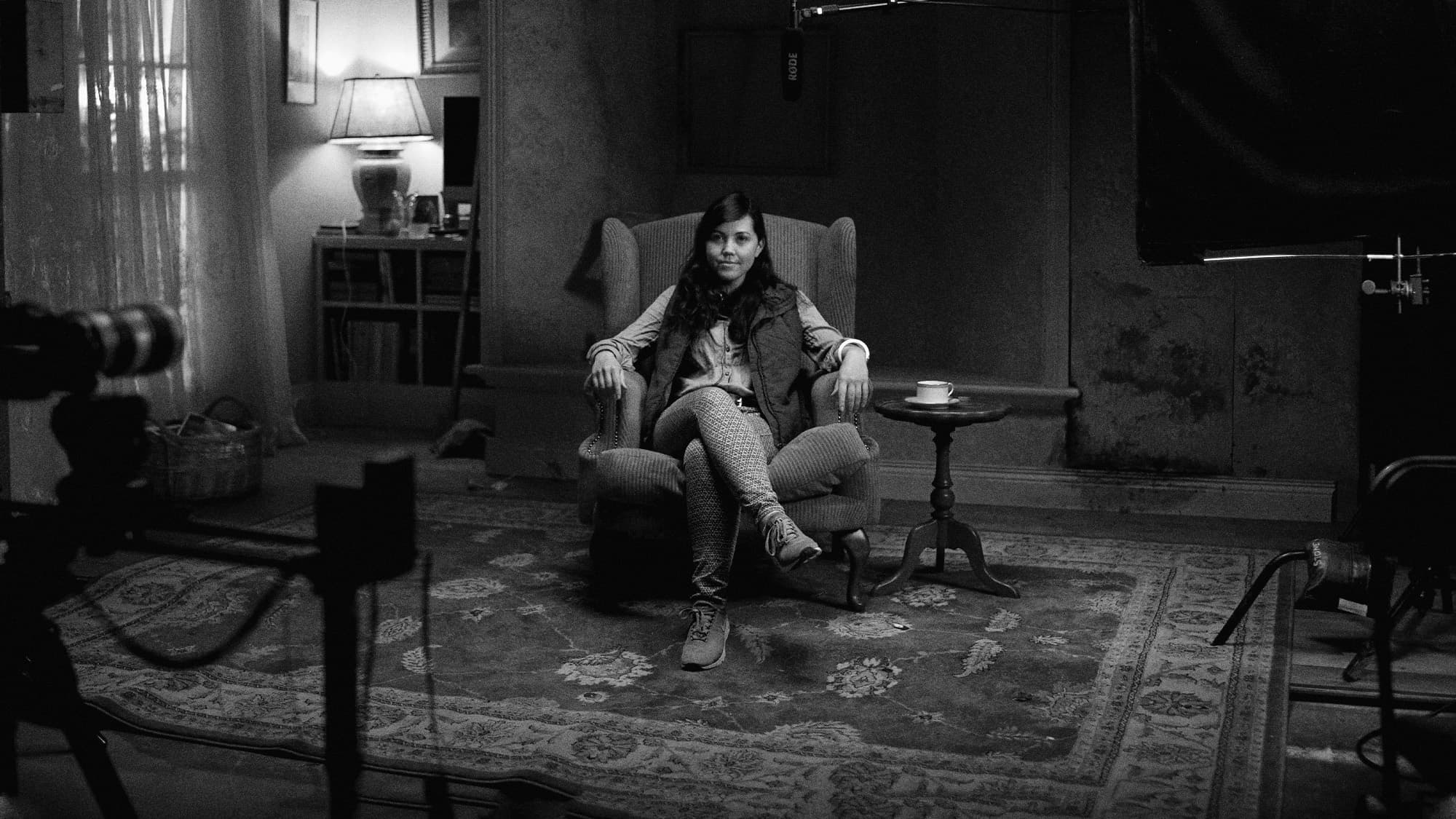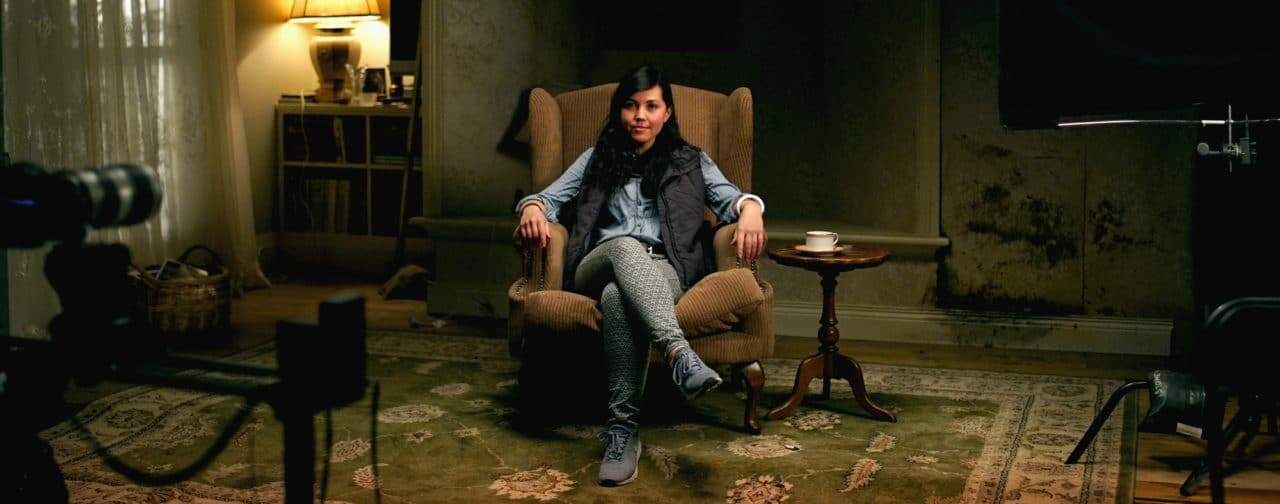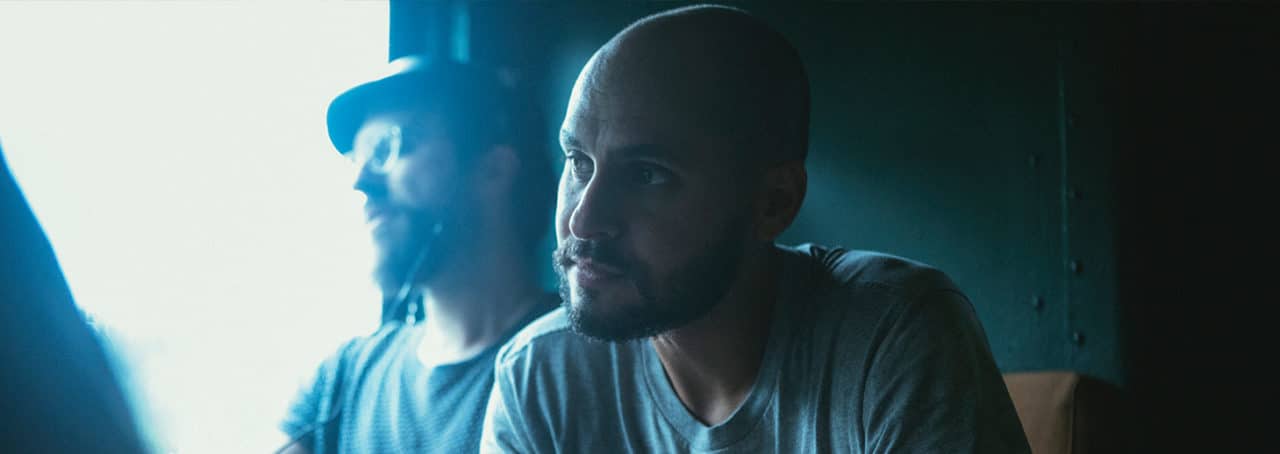There’s perhaps no greater excitement for an aspiring filmmaker than to have their directorial debut receive mass acclaim and distribution. Relic is the directorial debut of Japanese-Australian writer/director filmmaker, Natalie Erika James. It’s a horror film anchored by its deeply emotional and honest themes, and masterfully co-written and directed by James.
Released theatrically in drive-ins, and now available across most major streaming platforms, you’d never guess that Relic is Natalie’s first outing as a feature writer/director. In the episode of the Film Riot podcast, fresh off the experience of making the film, Natalie meets with Ryan to discuss her experience as a first-time writer/director, working with actors, and why she leaned into the horror genre to tell this specific and personal story.

Get FREE high-quality stock video, music, and templates! No attribution or sign-up needed. Just visit mixkit.co and start downloading now!











